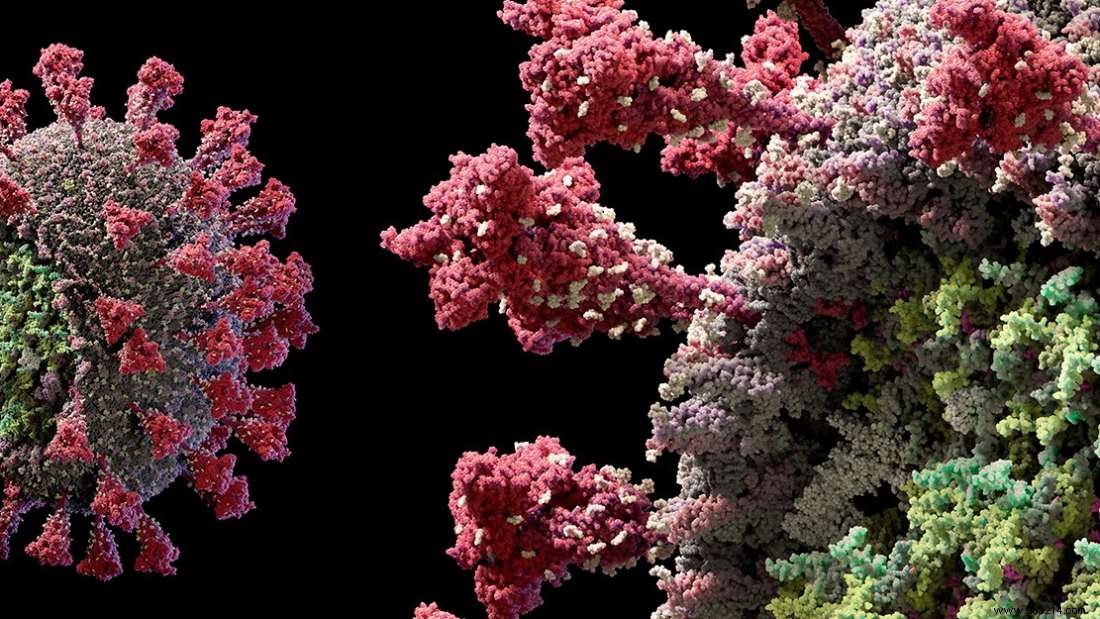A team of researchers announces that they have identified three new viruses in bats in Laos more similar to SARS-CoV-2 than any other known pathogen . These new findings support the hypothesis of a natural origin to the Covid-19 pandemic. They also raise fears that many coronaviruses capable of infecting humans are currently evolving in nature.
These new findings could be crucial in determining the origins of Covid-19. Researchers at the Institut Pasteur, in France, have indeed identified three viruses close to SARS-CoV-2 in bats. This work published on the Research Square preprint server suggests that these agents contain receptor binding domains almost identical to those of SARS-CoV-2 and therefore can infect human cells.
As a reminder, the receptor binding domain (a crucial region of the spike protein) is what allows SARS-CoV-2 to attach to the surface of human cells to enter it, through the ACE2 receiver.
Marc Eloit and his team at the Institut Pasteur obtained these results by collecting saliva, feces and urine samples from 645 bats (Rhinolophus ) in caves in northern Laos. Identical to more than 95% to SARS-CoV-2, these three viruses were named BANAL-52, BANAL-103 and BANAL-236 .
In the lab, researchers determined that the receptor-binding domains of these viruses could bind to the ACE2 receptor on human cells as effectively than some early variants of SARS-CoV-2.
“When SARS-CoV-2 was first sequenced, the receptor binding domain was truly unlike anything we had seen before “, explains Edward Holmes, of the University of Sydney in Australia. “This has led some people to speculate that the virus was created in a lab. Nevertheless, Laos coronaviruses confirm that these parts of SARS-CoV-2 exist in nature “, he said.
“I am more convinced than ever that SARS-CoV-2 has a natural origin “, also agrees Linfa Wang, a virologist at Duke-NUS Medical School in Singapore.

With relatives of SARS-CoV-2 already identified in Thailand, China and Cambodia, this new work confirms that Southeast Asia is a coronavirus diversity hotspot related to SARS-CoV-2.
This research therefore suggests that the origins of the Covid-19 pandemic are indeed natural. However, there are still questions. The Laos viruses, for example, lack the so-called furin cleavage site on the spike protein that further facilitates the entry of SARS-CoV-2 and other coronaviruses into human cells.
To explain this missing link, Marc Eloit puts forward the following hypotheses:"Perhaps a non-pathogenic virus first circulated in humans before mutate . Or a virus very close to the identified viruses has this furin site, but we haven't found it yet “.